

Activity Report: Cinematic space of Taiwan New Cinema & Connecting Asia through War and Migration
2023-03-01
Date: Dec. 26 , 2022
Time: 13:30–16:30 (Taiwan Time); 6:30–9:30 (Central European Time)
Venue: R106, HA Building 2, NYCU, 1001, Daxue Road, East District, Hsinchu City, 3001
Speaker 1: 陳儒修 Ru-Shou Robert Chen (NCCU Department of Radio and Television, Professor)
Speaker 2:藍適齊 Shuchi Mike Lan(NCCU Department of History,Associate Professor)
Writer: Serena Di Maria (NYCU IACS Student)
Cinematic space of Taiwan New Cinema & Connecting Asia through War and Migration
“Cinematic space of Taiwan New Cinema” by Professor Ru-Shou Robert Chen
In the first intervention, professor Robert Chen presents the peculiar deployment of “space” in Taiwan New Cinema as a stylistic device that enhances its new aesthetics while helping convey the directors’ vision of Taiwan’s “modernity”.
The presentation develops from the general to the particular, beginning with the introduction of the concept of “space” in film studies and of the different types of cinematic spaces such as “deep space”, “flat space”, “limited space” and “ambiguous space”.
After explaining both the technical “cues” behind the creation of different types of cinematic spaces and the possible meanings articulated through each of them, professor Chen moves on to introduce the core topic of his presentation concerning the use of space in Taiwan New Cinema (TNC). Firstly, the general characteristics of this new cinematic trend beginning in the 1980s are introduced. Influenced by some European models like the French New Wave and Italian Neorealism, as well as by Japanese directors like Ozu, the young filmmakers representative of the TNC “rejected traditional story-telling techniques in favor of more experimental ones including non-linear narratives and wildly impressionistic cinematography”. From a “formal” perspective, these filmmakers frequently deploy techniques such as the “long take” and the “static shot” to represent their engagement with Taiwan “modernity” and “cultural identity”.
The main argument is developed through the analysis of some cases from two of the most important representatives of this new type of cinema: Hou Hsiao-hsien (侯孝賢) and Edward Yang (楊德昌). For example, Hou Hsiao-hsien’s use of long takes and the particular configuration of space in Dust of the Wind merging characters with nature, conveys the idea that human beings are and remain part of nature. In the same film, “empty shots” are used to trace characters’ movements from place to place, a technique used with the same function in Ozu’s Tokyo Story. In the opening scene of The Son’s Big Doll and Dust of Angels flat space is used as a metaphor for the characters’ destiny, conveying the idea that individuals are trapped and unable to move forward.
Similarly, Edward Yang uses “limited space” to represent the idea of isolation and loneliness of characters in the urban space. For example, in Taipei Story, the limited spaces of Taipei’s rental apartments are subtly caught by the camera so as to show characters in separated frames, a cue to their inability to communicate with each other. Finally, “ambiguous space” created by the confusing juxtaposition of disconnected sounds and images, represents “chaotic urban life” in Yang’s Terrorizers.
The examples analyzed by professor Chen show how Hou Hsiao-hsien and Edward Yang use different representations of cinematic space to express their ideas about Taiwan modernity. The first is more interested in humans’ relationship with nature, whereas the second is more keen on portraying the characters’ ways of surviving and facing the dilemmas of modernity in the urban space.
“Connecting Asia through War and Migration” by Professor Shuchi Mike Lan
In the second intervention, professor Mike Lan presents his research on “war” and “migration” as two historical trajectories that connect people across Asia. As concerns migration, he suggests taking into consideration the flows of Asian peoples not in isolation, but in relation to the historical settings of colonization and of the numerous “wars” that Asia witnessed across the 19th and 20th century. Even an event such as the “Cold War” was actually particularly “hot” in Asia, where, for instance, the Korean and Vietnamese wars took place. Such continuous warfare caused many people in different parts of Asia to be displaced and moved from place to place thus constituting an important cause of migration.
After introducing the interconnected issues of war and migration in Asia, professor Lan moves to the core part of his presentation, narrowing the focus down on the case of Taiwanese in-bound and out-bound migration. To begin with, he observes how most of today’s Taiwanese are descendants of in-bound migration from China, started around the 17th century with a major influx in the 19th century. As a result, the two major groups of Taiwanese population are Hokkien (originally from Fujian) and Hakka (originally from Guangdong).
Beginning in the late 19th century, Taiwan had experienced several major wars, including the Sino-Japanese war started in 1894, after which Taiwan became a Japanese colony from 1895 to 1945. During this period Taiwan was dragged into World War II by the Japanese colonial government and, shortly after being given back to the then Republic of China at the end of World War II, it was involved in the Chinese civil war, resulting in the defeat and subsequent retreat of the nationalist forces to Taiwan. As a result, during the Cold War, Taiwan was involved in the wars of Korea and Vietnam as part of the anti-communist faction.
Out-bound migration of Taiwanese people was a very important factor especially in the first half of the 20th century when Taiwan was still a Japanese colony. For example, during the interwar period hundreds of Taiwanese moved to South East Asia and, in particular, to Indonesia (Dutch East Indies), where they were able to do good business thanks to their language advantage. Speaking both Japanese and the languages of their ancestors (Hakka or Hokkien), they were able to communicate smoothly with the local communities of Chinese people who had migrated to Indonesia from Fujian and Guangdong. Therefore, they could work as middle men for Japanese companies selling their products to South East Asia.
However, when World War II erupted, Taiwanese migrants in Indonesia were considered Japanese enemies and sent to internment in Australia. Taiwanese migrants in other South East Asian countries such as Malaya also met the same fate. When releasing Taiwanese detainees in 1946, the Australian government decided to send them to Taiwan which, for many of them, was a foreign country, instead of sending them back to Indonesia, where they had already established their lives and businesses. This issue connects Taiwanese history to the global history of displacement and forced migration of people across the world during World War II.
Only a few years after the end of World War II, as a result of the Chinese civil war, more than one million Chinese moved to Taiwan within a very short period of time. Later on, during the Cold War period it was ethnic Chinese from South East Asia who moved to Taiwan. This was because, at that time, Chinese ethnicity, language and culture were associated with communism and, therefore, education in Chinese was suspended in anti-communist South East Asian countries such as Malaysia. Those who wanted to continue to pursue higher education in Chinese could only choose to move to the PRC or to the ROC. The ROC government, which was more than willing to sustain the education of overseas Chinese in Taiwan to promote its own cause against the PRC, was only able to do so when the US offered financial help for the cause. Therefore, in the decade between the 50s and the 60s when the US government provided economic means for Taiwan to support the education of overseas Chinese, more than 10.000 ethnic Chinese coming mainly from Hong Kong, Macau and Malaysia migrated to the ROC and many of them, after completing their study, chose to stay and work in Taiwan. This was the same period of time when many universities originally in China were reestablished in Taiwan. These universities, which form today the Universities System of Taiwan, could benefit from the US money (originally meant to support overseas Chinese coming to study in Taiwan) to build their campuses, dormitories, libraries and infrastructure. Therefore, the very existence of these universities is connected to the migration of overseas Chinese to Taiwan during the Cold War.
Finally, Taiwanese students who, in the latter part of the 20th century, went to pursue higher education in the US made a contribution to the Independence movement of the 90s in Taiwan.
All these cases, taken solely from the history of Taiwan, show how different people in Asia are deeply and intricately connected by events such as war and migration and how these two problematics also connect Asian people to global historical trajectories.
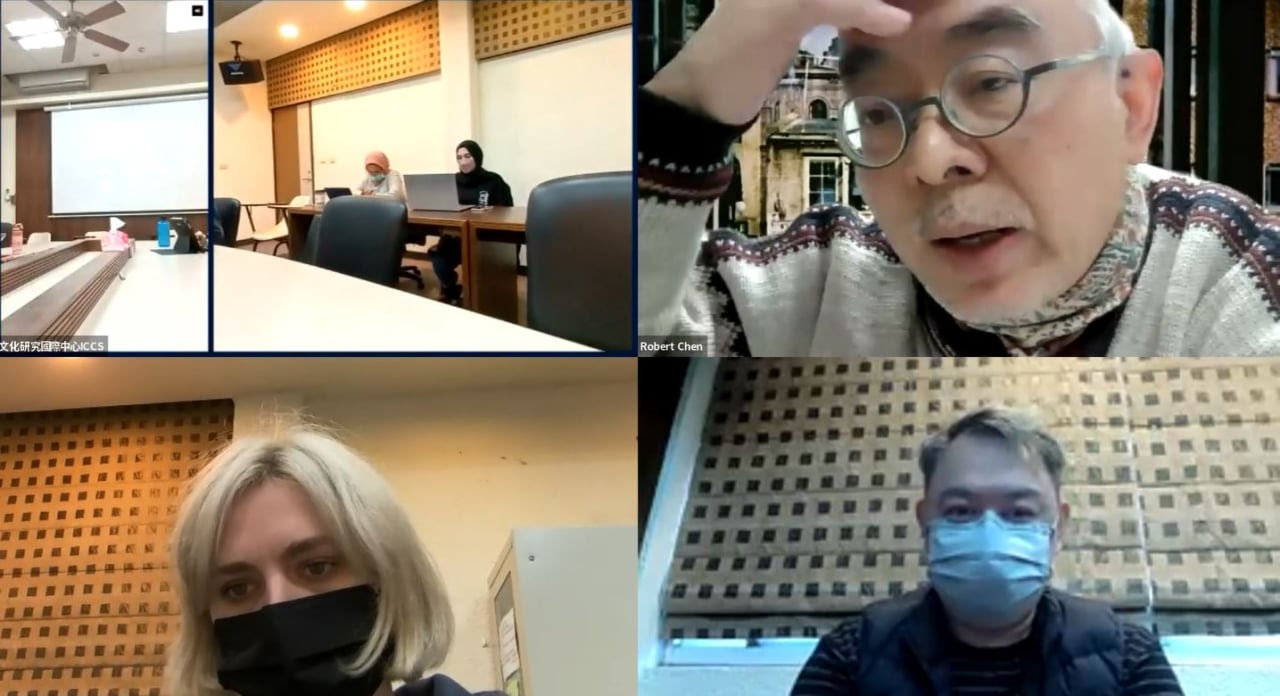
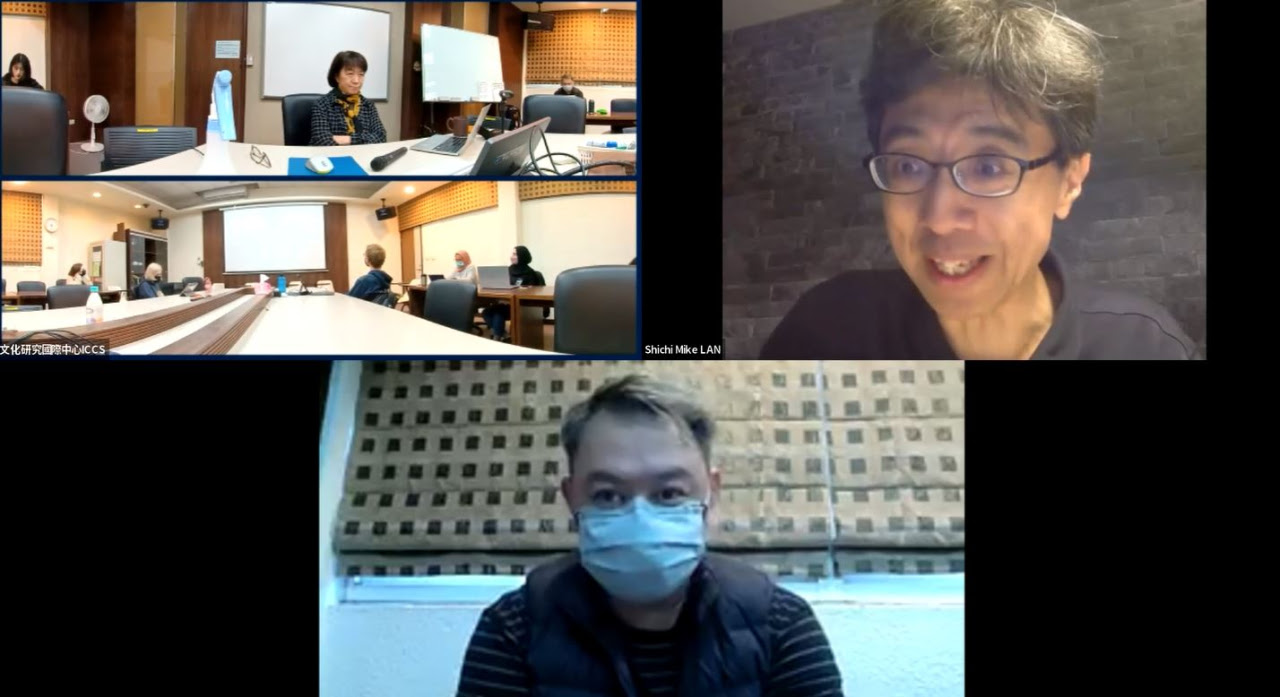
近期新聞 Recent News
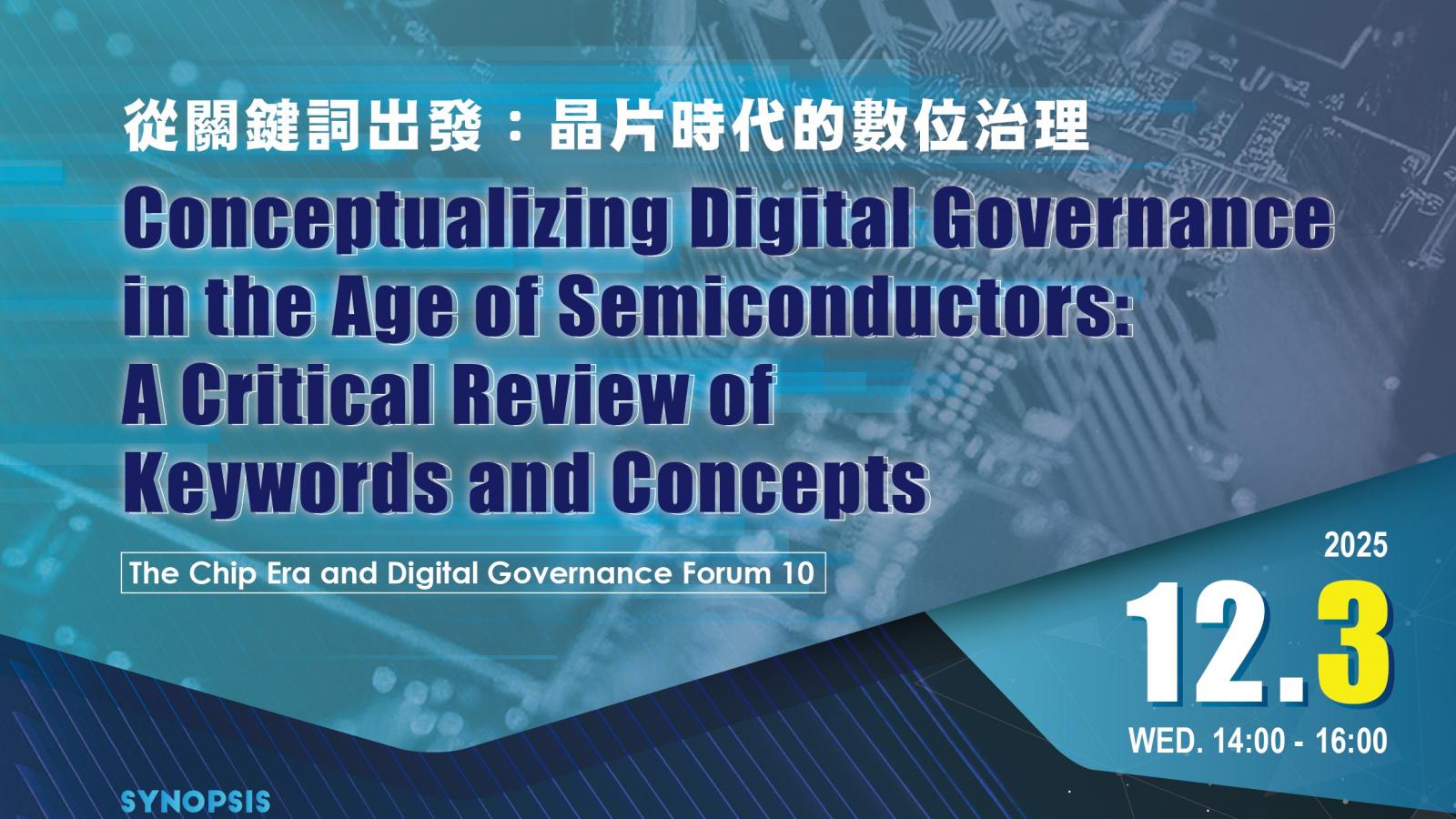
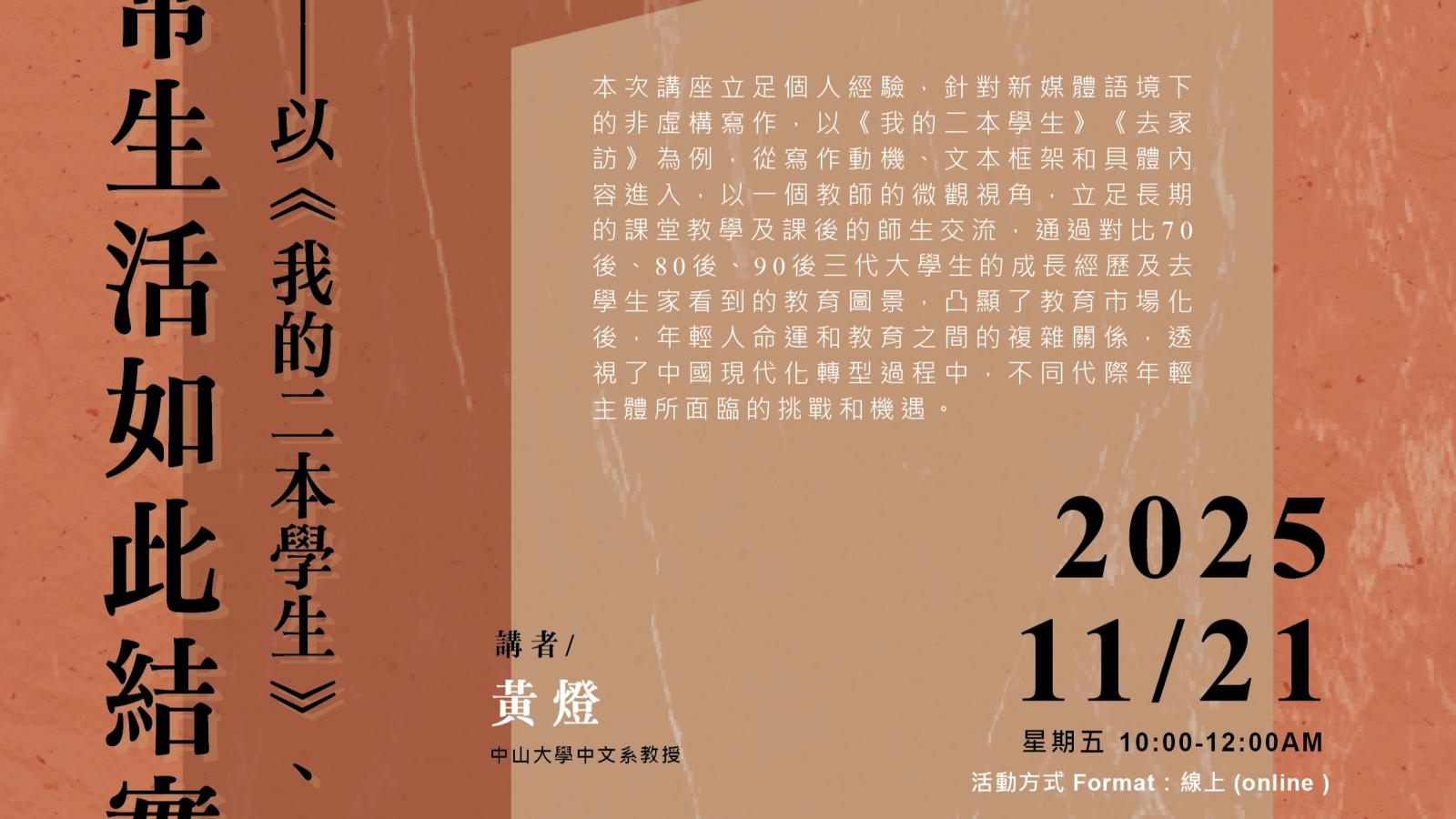
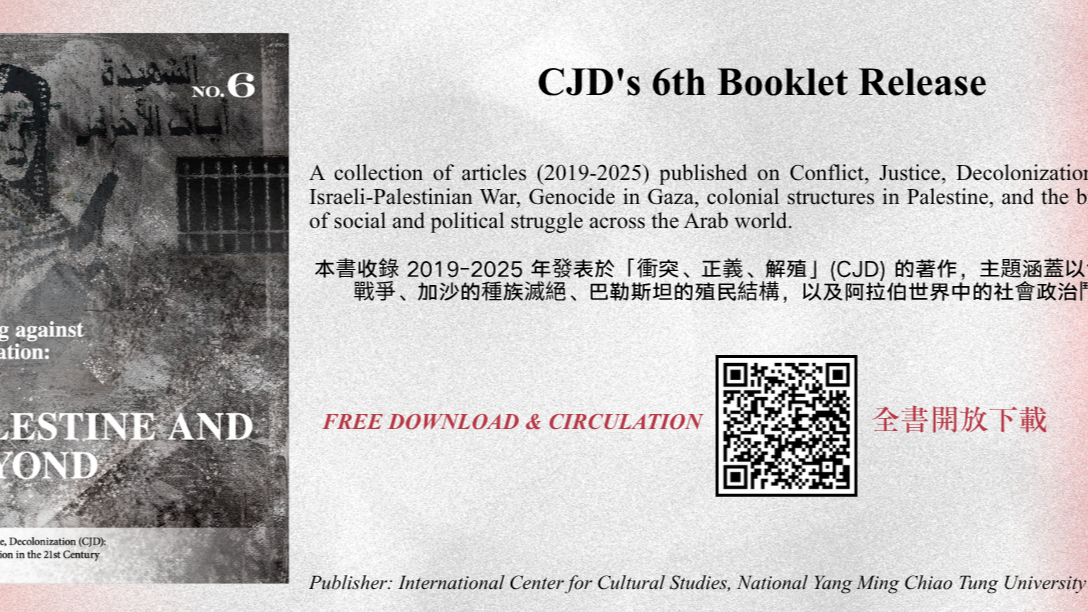
New Publication | Writing against Occupation: Palestine and Beyond (CJD Booklet No.6)
2025-11-12
more